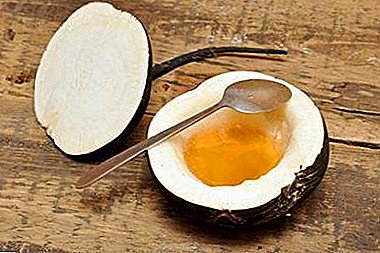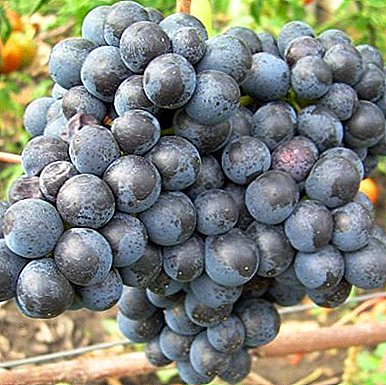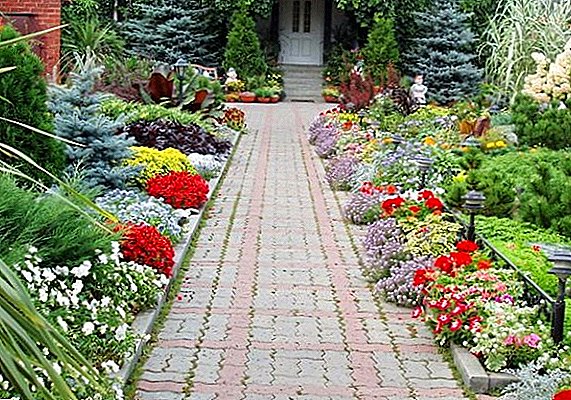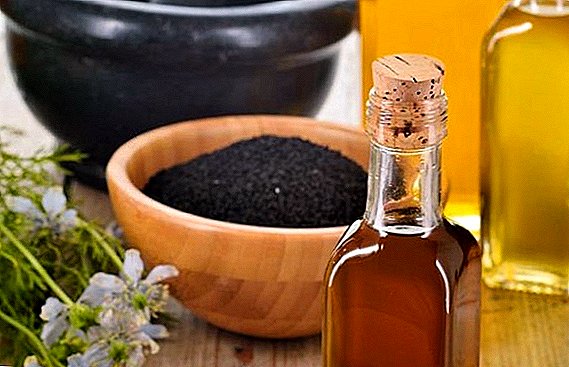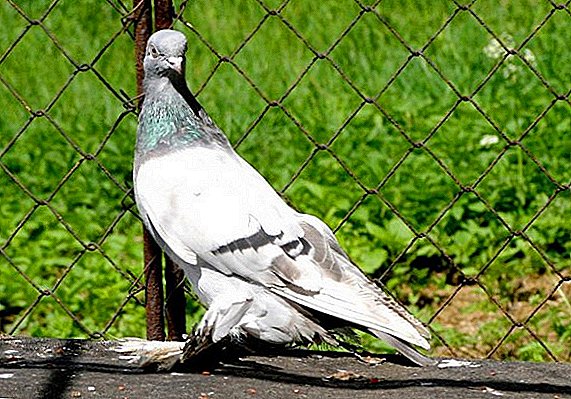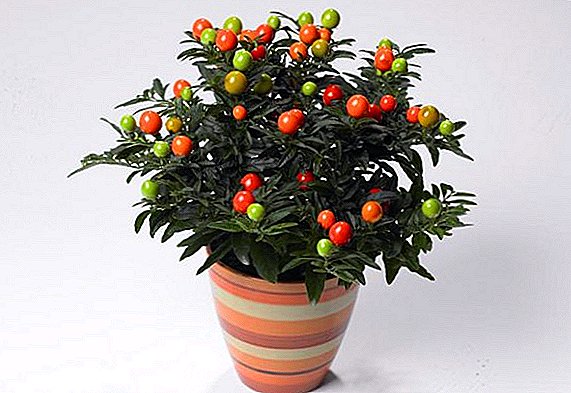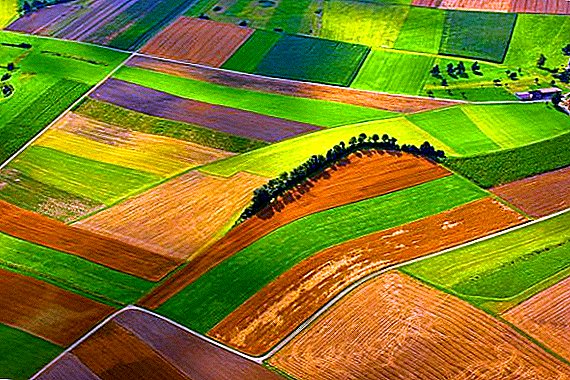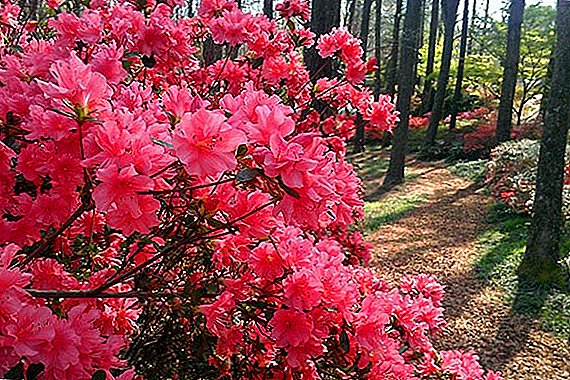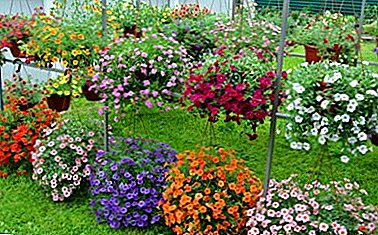
Vegetative petunias are very popular among gardeners, they decorate not only summer cottages, but also window sills.
They are loved for their rapid growth, abundant and bright bloom, as well as for a variety of forms. And care for them is not difficult even for a beginner. This article presents a description and photo of varieties of vegetative petunias.
What it is?
Vegetative petunia is a plant that multiplies exclusively by cutting. This species is characterized by a small root system, beautiful abundant flowering, rounded stems, leaves of green or dark green shade.
Description and photos of species and varieties
Cardinal
The flowers of the plant are bright purple in color, with corrugated edges of the petals. Growth is very powerful. The shoots are flexible. Flowering abundant and early, continues until the first frost. This species is resistant to any weather changes.

Papaya
The bloom is stormy, the leaves of the plant are almost invisible. The flowers are a rich orange shade, form a cap. It blooms all summer until late autumn.

Cascadias Bicolor Cabernet
Early flowering, fast growth. The flowers are white and with crimson-purple stripes.

Frillituniya
The flowers are large, form dense bushes with large, bright greens. Inflorescences with dark throat. Flowers white, pink or cherry color. Flowering begins in June and continues until the first autumn frosts.

Surfinia
The root system is powerful. Early and wild flowering. The size of the flowers is from 2 to 7 cm, various shades from pale pink to purple. Stems and foliage covered with villi. Resistant to weather changes and resistant to disease.

Vegetative features
Vegetative petunia differs from other varieties by abundant flowering, fast growth, variety of colors. Shoots grow large bright hats. She retains all the signs of the mother plant. Blooms before others. Breeders constantly develop new varieties, increase the variety of colors, as well as increase resistance to diseases.
Care rules
Vegetative petunia is easy to clean, just follow certain rules:
- Lighting. The plant loves light and warmth. It develops well and blooms in open sunny areas. But it can feel great in shady places.
- Temperature. The optimum temperature is not higher than 30 degrees in summer, and not lower than 10 degrees in winter. Flowering occurs at a temperature not lower than 19 degrees.
- Watering. In winter, the procedure is carried out 2 times a week. In summer, the volume of water and the frequency of application increase. In especially hot hot days they water in the morning and in the evening. Avoid getting water on the leaves, otherwise it may lead to their decay.In the summer, some flower growers replace the evening watering by spraying, but spend it carefully.
- Top dressing. Carried out on the second week after planting, make 1 time per week. Use complex mineral fertilizers, and in the period of budding and flowering they are replaced by phosphorus-potassium fertilizers.
- Pruning. To preserve the decorative properties during flowering, petunia regularly removes faded buds from petunias. After completion of flowering shoots are cut to half the length, it stimulates lateral branching of the shoots and bookmark flower buds.
When planting vegetative petunias in hanging pots, flowerpots, boxes, plants provide proper care and use for them a nutritious soil mixture consisting of sod and leaf earth, humus, sand and peat. At the bottom of the tank must fill the drainage layer.
How to keep the plant in winter?
The plant does not tolerate frosts, as it comes from tropical countriesbut petunia can be saved.

- With the onset of cooling, it will be brought into the room, best of all, if it is a heated terrace or balcony, where the temperature in winter is 10-15 degrees.
- All rotten branches, dry leaves are pruned.
- Watering is carried out 1 time in 3 weeks.
- Fertilizers do not contribute. In such conditions, petunia is well going through the winter and at the end of February blooms.
- Gradually, feeding and more frequent watering are introduced into the diet.
- Then planted in open ground or pots or multiply.
Reproduction is carried out by grafting. The process is carried out in early spring or autumn. It consists of the following steps:
- From a healthy bush, cuttings are cut with a length of 5-7 cm and 4-5 leaves.
- Leave the top two leaves, the rest are removed.
- Rooted apical shoots in a container with water, after the appearance of the roots transplanted into pots with nutritious soil.
- Then the planted cuttings are watered and covered with glass.
- Regularly moisturize and air. Contain at a temperature of 18-20 degrees.
After the appearance of the first leaves, seedlings are transplanted into separate spacious containers. It is believed that young plants bloom more abundantly and better than the second year.
Next, a visual video about the care of petunia cuttings in winter:
Possible difficulties and problems
Vegetative petunia is often exposed to diseases and attacks of pests.. The main difficulties are manifested as follows:

- Blackleg. The stalk softens, darkens and oppresses. Aggressive disease. From one plant to another. The reason is high humidity, excessive soil moisture, acidity of the earth is above the norm. At the first signs of illness, treatment with Trichodermine or Bordeaux liquid is necessary.
- Dark brown spots on the leaves. They appear due to excessive humidity and overmoistening of the soil. Sick petunia gradually dries and fades.
- Mealy dew. A white bloom forms on the plant. Occurs when non-compliance with temperature and excess moisture. It is treated by removal of damaged areas.
- Gray rot. Formation of gray spore-bearing spots. The disease develops very quickly. Appear when there is a lack of lighting, making a large number of nitrogenous supplements and high humidity. When signs are found, the diseased plant is burned, while others are treated with Topaz or Fitosporin.
Vegetative petunia is a beautiful ornamental plant that looks great both in the garden and on the windowsill. It is unpretentious and undemanding in care, it is enough to water and feed it in a timely manner, and also to provide a good wintering, while it is easily and quickly propagated by cuttings. A bright bloom pleases the eye for a long time.


